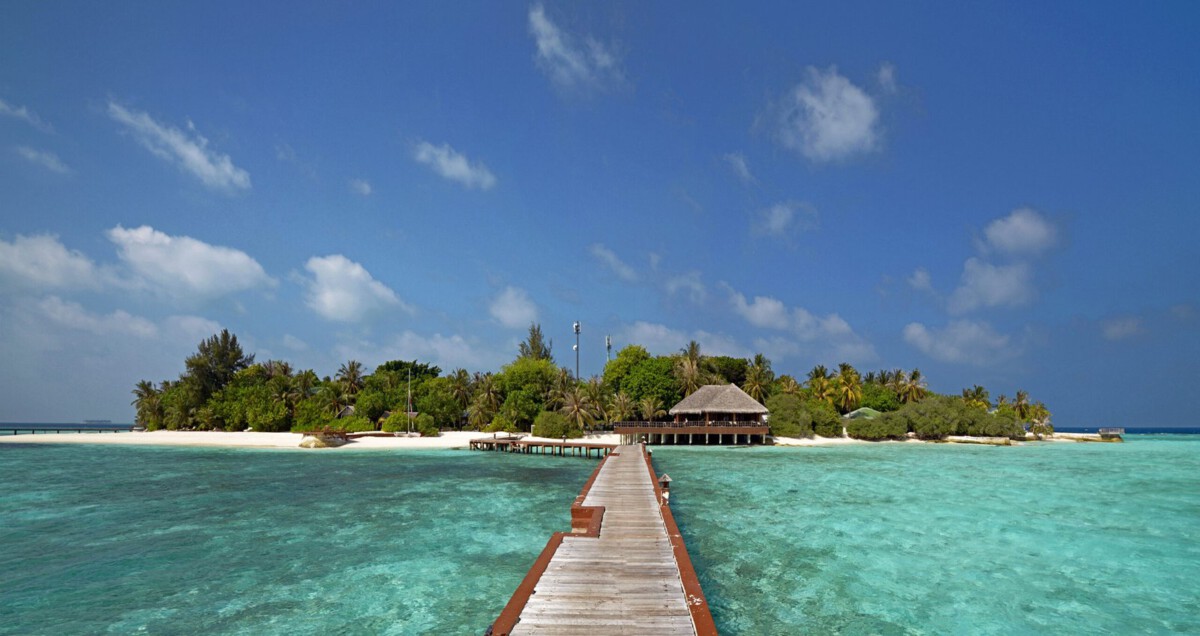Picture this: you’re wandering along a cliff’s edge, the wind cool on your skin, the world opening up beneath you in a panorama of wild beauty. Suddenly, you realize—this view might soon be just a memory, forever closed to outsiders. Across the globe, countries are rethinking how much of their magic to share, and for how much longer. Whether it’s to heal fragile lands, protect culture, or shield rare wildlife, these ten destinations may soon slam their doors to tourists. If these are on your travel bucket list, this might be your last chance to see them up close.
Bhutan Land of Happiness and Limits

Bhutan feels like a place out of a fairytale—mountains shrouded in mist, prayer flags fluttering in the wind, and monasteries clinging to sheer cliffs. What most people don’t know is that Bhutan already strictly limits tourism with its “High Value, Low Impact” policy. Visitors must pay a daily fee that funds education and healthcare, and numbers are tightly controlled. There’s talk of closing the country entirely if overtourism threatens its traditions or pristine forests. If you go, spring and autumn are best for hiking and festivals. Wear respectful clothing, and always greet locals with a smile and a bow. The air smells crisp and piney, and you’ll taste chili cheese in nearly every meal. **Bhutan values happiness over profit—don’t be surprised if they choose preservation over popularity.**
Venice Italy Sinking Under Its Own Beauty

Stepping into Venice is like entering a watercolor painting come to life: gondolas gliding, bells ringing, and the scent of espresso in the air. Yet, the city is drowning—not just from rising tides, but from tourists. The narrow alleys get clogged, and ancient stones wear down under millions of feet. Venice has started charging a day-tripper fee, but local leaders are considering barring visitors completely during high water or festival seasons. The best visits are in late fall, when canals are misty and the city feels secretive. Try cicchetti (Venetian tapas) and listen for the quiet splash of oars after midnight. **Venice could become a ghost city, treasures locked away from the world.**
Galápagos Islands Nature’s Fragile Laboratory

Imagine stepping onto a volcanic island where blue-footed boobies dance and giant tortoises lumber across lava fields. The Galápagos is evolution in action, but every new visitor brings risk—plastic waste, invasive species, and stress on rare animals. Ecuador’s government is weighing a complete tourist ban for parts of the archipelago to give nature a break. Best months to visit are June to September for wildlife watching, but always stick to marked trails and certified guides. The sun is fierce, the air salty, and the sound of sea lions barking echoes for miles. **If you dream of seeing the Galápagos, plan soon—this living laboratory may soon be off-limits.**
Machu Picchu Peru The Lost City at Risk

Waking up before dawn, you hike misty trails as the Andes glow pink, then the stone terraces of Machu Picchu rise through the clouds. But this ancient Incan marvel is being loved to death: foot traffic erodes paths, and crowds threaten the ruins’ stability. Peru limits daily visitors, and there’s serious discussion about closing the site to all but scientists. The shoulder seasons—April to June or September to November—offer fewer crowds. Dress in layers; mountain weather changes fast. The scent of eucalyptus mingles with woodsmoke, and the silence at sunrise is almost spiritual. **Machu Picchu’s mystery might soon be reserved for history books.**
Santorini Greece Beyond the Blue Domes

Santorini’s white villages tumble down cliffs, and the sunsets look like a painter’s fever dream. But cruise ships have turned this peaceful haven into a bustling hub, straining water supplies and local patience. Greek officials are considering capping, or even pausing, all tourist arrivals to let the island recover. Late spring and early fall have gentler crowds and softer light. Savor tomato keftedes in a family taverna, and let the sea breeze carry the scent of wild thyme. The narrow lanes echo with laughter, but locals worry about vanishing traditions. **Santorini’s magic hangs by a thread—catch it before it unravels.**
Bali Indonesia Paradise on the Edge

Bali’s rice terraces glimmer in the morning sun, incense curls up from temple offerings, and the surf crashes against black sand beaches. Yet, paradise is under pressure: mass tourism brings plastic waste, water shortages, and cultural dilution. Indonesia is seriously considering closing the island to outsiders, at least seasonally, to heal its wounds. The dry season from April to October is best for beaches and ceremonies. Wrap a sarong at temples, and don’t miss spicy lawar or the tang of fresh coconut. The air smells of frangipani and wood smoke, and gamelan music fills the dusk. **Bali’s beauty is fragile—respect it, or risk losing it.**
Yellowstone USA Wild Heart on the Brink

You breathe in the sulfur steam of geysers, watch bison thunder across golden plains, and stare up at endless starry skies. Yellowstone is wildness incarnate, but record crowds threaten its delicate balance. Park officials are debating timed entry, quotas, or even seasonal closures to protect wildlife and hot springs. Spring and fall mean fewer cars, wildflowers, and bugling elk. Bring layers—morning frost can bite, even in July. The scent of pine needles fills the air, and wolves howl at midnight. **Yellowstone’s raw power is irreplaceable, and its future is on a knife’s edge.**
Iceland Land of Fire Ice and Limits

Iceland’s waterfalls thunder, glaciers glow electric blue, and the Northern Lights swirl overhead. But the surge of visitors has turned mossy lava fields into mud, and tiny villages into parking lots. Iceland’s government is eyeing strict visitor caps or even full closures in sensitive areas. Summer is golden for road trips and midnight sun, but winter brings frozen magic and far fewer crowds. Sample smoked lamb and rye bread baked in hot springs. The air tastes of salt and sulfur, and the wind carries a wild freedom. **Iceland’s wonders may soon be reserved for only the luckiest travelers.**
The Maldives Vanishing Over Water

In the Maldives, turquoise lagoons sparkle, and palm trees sway over sugar-white sand. Yet, rising seas gnaw at these islands, and unchecked tourism adds stress to fragile coral reefs. Government officials talk of limiting resorts or even pausing all tourism to buy the islands time. The dry season, November to April, is best for sun and calm seas. Snorkel with manta rays or savor grilled reef fish with lime. The scent of salt and coconut oil drifts from every thatched bungalow. **The Maldives could be the first country to disappear under the waves—visit while you still can.**
Amazon Rainforest Earth’s Beating Lungs

The Amazon’s emerald canopy stretches forever, alive with the calls of howler monkeys and the scent of rain on leaf litter. Deforestation and climate change threaten the very heart of this wild place. Brazil and other Amazon countries are considering strict bans on all but scientific visits to protect what’s left. June to November is prime for river trips and wildlife sightings. Always travel with accredited guides and leave no trace. Taste the sweet tang of cupuaçu fruit and listen for the eerie croak of poison frogs at night. **The Amazon’s future may depend on keeping outsiders away—see it now, or never.**







